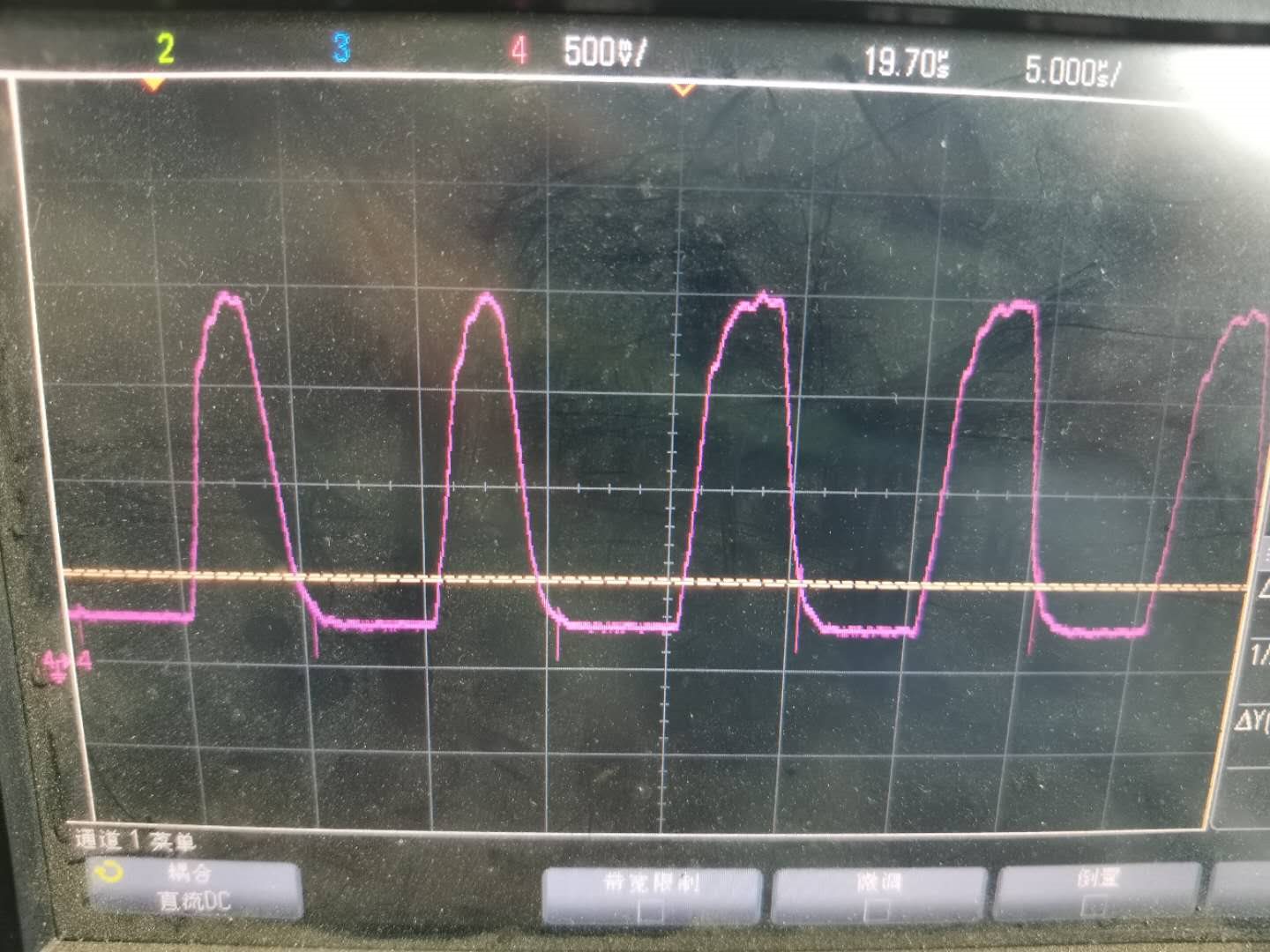Other Parts Discussed in Thread: OPA2171, , OPA171, OPA172
Hi team,
My customer used OPA2171 and the SCH put in below Pic1. The cap C403, C203, C218, C209 have been removed in the board.
J13 interface is the "input" and U_OUT_ADC0 is the "output" .
The input is Differential signal and it is Square wave.(VPP=0V-70V and frequency=100Khz)
Pic2 is the output waveform.
Customer think OPA2171 SR is not enough from the waveform.
So we replace OPA2171 with TLV9352. The output waveform in Pic3, (pink one is output, yellow one is input).
It looks like TLV9352 output is worse than OPA2171.
Do you know why they are different? And what happen?
Thanks!
Pic1:
Pic2:
Pic3:





